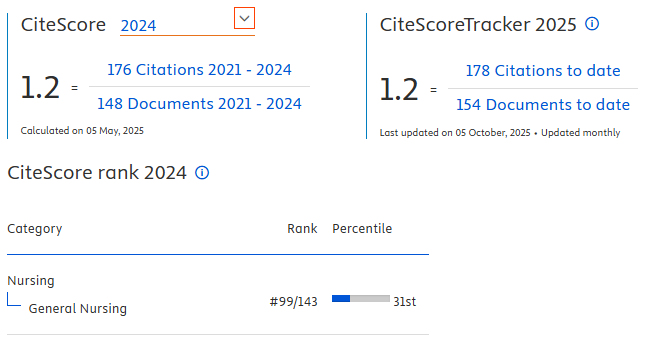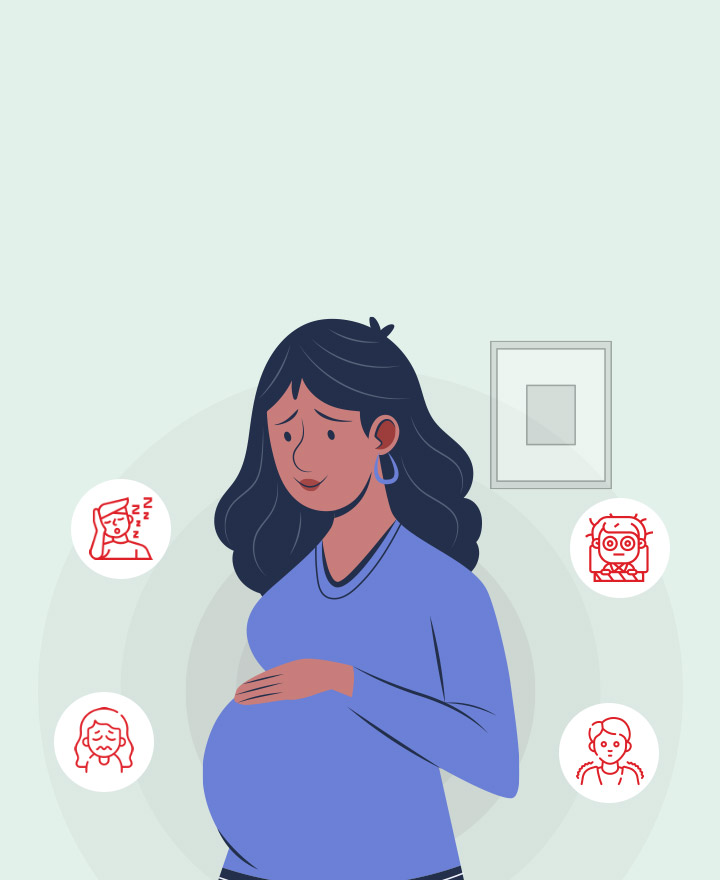The Role of Endoscopic Procedure in Diagnosing Gastrointestinal Disorder in Children
Downloads
Introduction: Gastrointestinal endoscopy in children requires more than the technical expertise needed to pass an endoscope through a smaller digestive tract lumen. Children require more careful attention to patient preparation and sedation compared with adults. The incidence of various disease varies through childhood and differs from the adult. Aim of this study is to elucidate proï¬le esophagoduodenoscopic dan colonoscopic procedures in diagnosing gastrointestinal tract disorder in children in Soetomo Hospital, including role of nursing team role these procedures.
Method: This study is a descriptive study which is done in Gastroenterlology Division Soetomo Hospital in October 2009–March 2012 for patients undergoing esophagoduodenoskopy and colonoscopy. Age, sex, indication, preparation, sedation, results, complication data were collected. Data from pathological examination were also collected. Data analysis were done descriptively such as mean, median and percentage, and presented in tables.
Result: There were 114 patients undergo esophagoduodenoscopy procedure and 7 patients undergo colonoscopy procedures. The most indication for esophagoduodenoscopy was recurrent abdominal pain (71.1%) and for colonoscopy was chronic diarrhea (42.8%). Nill by mouth for 6 hours is preparation for esophagoduodenoscopy and for colonoscopy needs bowel preparation a day before. Bowel preparation is using Biphosphate Sodium Phosphate oral and enema. Most of all sedation was done by anasthesiologist. Nursing team role were start from preparation, relaxing patient, and monitoring during and after procedure. Chronic gastroduodenitis was found on 110 (96.4%) cases, 15 cases of it accompanied nodularity. Seventy cases (64.9%) from 114 cases of biopsy result were Helicobacter pylore positive, and 21 cases of it has Barret's esophagus. Colonoscopy procedure results 5 (71.4%) cases were colitis, and 3 of them are amoebic colitis.
Discussion: Diagnosis of sructural and histological abnormalities could be establish with endoscopic procedure. This is an important role in diagnosing gastrointestinal disorder in children and nursing team have important role in it.
ASGE Standard of Practice Committee, 2008. Modiï¬cations in endoscopic practice for pediatric patients. Gastrointest Endosc, 67(1): 1–9.
Benaroch, L.M., Rudolph, C.D., 1994. Pediatric endoscopy. Semin Gastrointest Dis, 5(1): 32–46.
Chuang, E., Zimmerman, A., Neiswender, K.M., Liacouras, C.A., 2001. Sedation in pediatric endoscopy. Gastrointest Endosc Clin N Am, 11(4): 569–84, v-vi.
Drumm, B.S., Koletzko, G., Oderda., 2000. Helicobacter pylori infection in children: a consensus statement. J Pediatr Gastroenterol Nutr, 30: 207–213.
Guarner, J., Kalach, N., Elitsur, Y., Koletzko, S., 2010. Helicobacter pylori diagnostic tests in children: review of the literature from 1999 to 2009. Eur J Pediatr, 169(1): 15–25.
Authors who publish with Jurnal Ners agree to the following terms:
- Authors transfer the Copyright and grant Jurnal Ners the right of first publication with the work simultaneously licensed under a Creative Commons Attribution 4.0 International License that allows others to remix, adapt and build upon the work with an acknowledgment of the work's authorship and of the initial publication in Jurnal Ners.
- Authors are permitted to copy and redistribute the journal's published version of the work (e.g., post it to an institutional repository or publish it in a book), with an acknowledgment of its initial publication in Jurnal Ners.
Jurnal Ners requires a formal written declaration and transfer of copyright from the author(s) for each article published. We, therefore, ask you to complete and return this form, retaining a copy for your own records. Your cooperation is essential and appreciated. Any delay will result in a delay in publication. The form can be downloaded HERE.
































